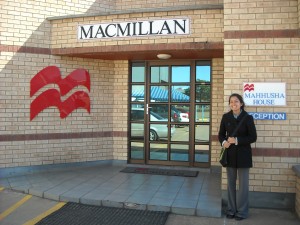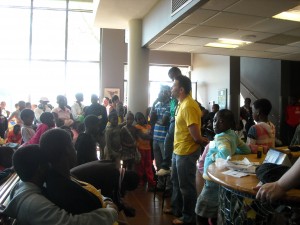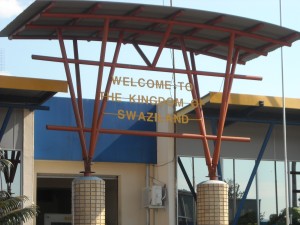Down to the Wire
This week marked the leaving of one more of the BIPAI doctors, so the clinic is currently only staffed by only three PAC doctors (PAC stands for the Pediatric AIDS Corps). BIPAI Swaziland COE was originally started to be staffed by 10 doctors, so things have been pretty busy around here.
During this crazy week, we were able to develop a brochure regarding family planning services offered at the clinic. Family planning is very important here because families tend to be very large (I met a boy here who has 8 brothers and sisters) and with 25% of the adult population HIV positive, family planning is essential to containing the spread of HIV. Family planning services include the pill as well as monthly or bimonthly injections, a five-year implant, and a ten-year intrauterine device. We submitted our draft to the family planning nurse, who is from Kenya, so she can edit it for accuracy. We hope to be able to distribute these in the waiting rooms so that women can go into their appointments well-informed and with specific questions in mind, thus allowing the doctors to be able to spend less time teaching patients about it and allowing them to see more patients in their extremely limited time.
We also had a chance to meet with the Swaziland director of the Clinton Health Access Initiative and discussed the country-wide roll out of the DoseRight dosing clips. The clips arrived in country last Monday, and very soon, the distribution will be underway! Demonstrations, monitoring methods, and ordering guides will need to be developed, and this is where we will be coming in.
Today, we also had a chance to climb up Sibebe Rock, the world’s largest open granite peak (pictured below). While it was a struggle getting up to the top, the view was absolutely breathtaking. Feeling very accomplished, we descended the rock looking forward to getting started on new projects!






